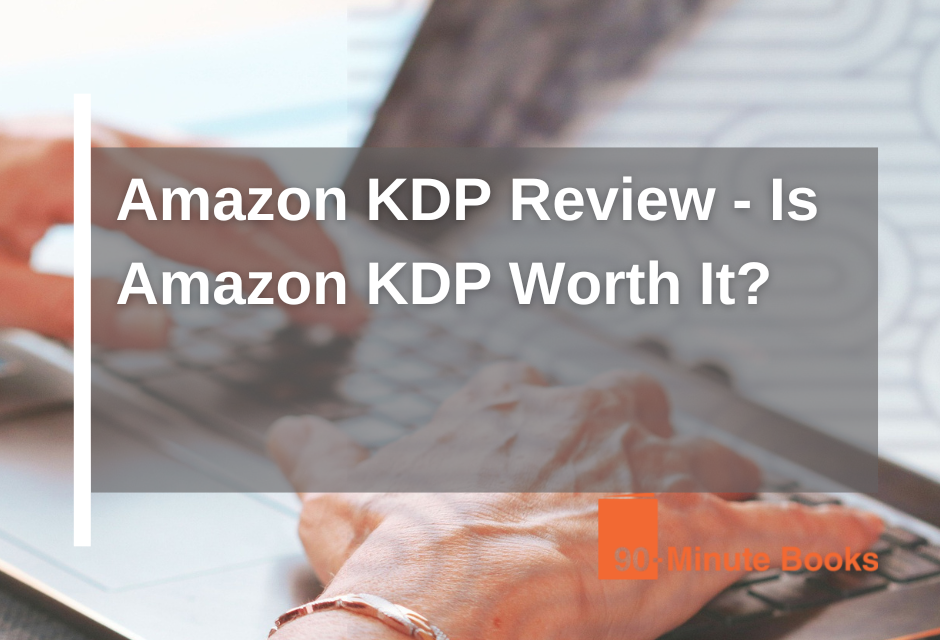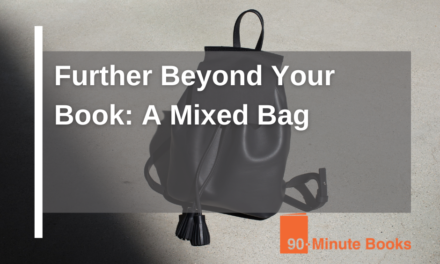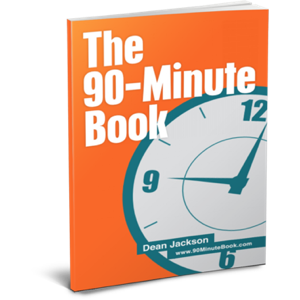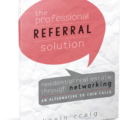Do you consider Amazon KDP a profitable venture in the years ahead, such as 2023 and beyond, given its success over the past decade?
Absolutely!
Amazon is the undisputed ebook market leader, commanding 68% of the total share. New titles keep rolling out on the platform daily. In recent times, the numbers have gone up an astonishing 264%.
The online bookseller has rapidly increased its presence globally and now made its print-on-demand services available to independent authors in Australia, Japan and the Netherlands.
Indeed, there is more incredible rivalry nowadays to sell books on Amazon than before, but the number of editions available on Kindle has also grown.
This blog will describe the advantages of releasing books on Amazon KDP.
Self Publishing on Amazon – Pros and Cons
Amazon KDP is an excellent way to generate a passive income while pursuing one’s passion–writing. Nonetheless, it also has some shortcomings. Let’s take a look at some of the pros and cons of publishing on Amazon Kindle:Amazon KDP benefits
Previously, authors would frantically try to find a publisher for their books. Publishing through Kindle Direct has eliminated this problem.It’s easy
You may ask, is publishing on Amazon easy? It definitely is. Amazon KDP is user-friendly with helpful guidance, step-by-step instruction videos, a discussion board, aid sections and regularly asked questions. You don’t need to be anxious if you haven’t released a book yet. It is possible to put out your book in a short amount of time. Amazon will guide you through the process step-by-step.Wide reach
As a self-publisher, you want your book distributed to as many people as possible. This is probably Amazon’s biggest strength. No competitor comes close to its vast customer base. You can pick the countries in which you want to distribute your book with just one click. You can choose precisely which distributors to collaborate with from the Kindle control panel. Once your book is out in the market, ensure readers are aware of its presence by employing specific Amazon Ads. Does Amazon KDP print books?Publish in multiple formats.
As an author of Kindle works, you can make available both ebooks and audiobooks in digital format and printed versions of your book. Amazon is essentially a one-stop shop for publishers. Simply upload your book, and the system will handle the printing and delivery process swiftly and without delay.Higher royalties
KDP offers higher royalties than most self-publishing platforms. You can receive a generous benefit of up to 70% in royalties on every ebook you sell. However, there are some conditions you must meet. Royalties for paperback books are set at 60%, except if you wish to put them up for sale in Amazon’s Extended Distribution Network, the rate would be 40%.Timely payments
Amazon pays you each month, two months after the conclusion of the sales period. As an illustration, you will receive compensation for the 10 books sold in January during March. The initial waiting period is lengthy, but the uninterrupted process runs smoothly after getting past it. Be sure that there will not be any postponement of the payments being released.Complete control
The cover and contents of the book could both be disputed. If you have ever attempted to get a novel published by a conventional publisher, then you are aware of the requirements that must be met before being accepted. Until you meet all the expectations, you cannot hope for your book to be released. Amazon KDP fixes these issues. As an indie writer who publishes their work on Kindle, you have full authority over the content of your book. You can collaborate with reviewers, designers, editors, etc., although you will always be the one who has the final say.Quick turnaround
If the writing of your book is finished, you can have your book available for the public to view within 3 days. Amazon KDP has worked to make book publishing as easy as possible, with only a few basic steps that anyone can handle.Access to analytics
One of the critical advantages of having a book available on Kindle is the ability to analyze sales figures and modify your advertising plans in response. Amazon KDP gives you an easy-to-use dashboard with a comprehensive overview of your daily sales, how much you’ve earned in royalties, how much Kindle Unlimited activity you have and more. This information can give us an understanding of what resonates with your audience and how to adjust your promotional strategies for more tremendous success.Amazon KDP drawbacks
We should point out that selling books on Kindle isn’t always enjoyable. The platform comes with a few challenges too. Here are some of the cons of publishing on Amazon KDP:It may take some practice
Putting a book onto Amazon may only take a few minutes, but composing and listing the text can be challenging and complex. This is especially so if you’re a novice writer and lack knowledge about how e-commerce hubs operate. If you’re just starting out, you may need help from other professionals such as editors, proofreaders, cover designers, photographers, etc. You could also require assistance with optimizing your Kindle listing for SEO purposes.Intense competition
Amazon is massive. Self-publishers can reach millions of readers, but this also comes with significant competition. Understanding the concept of targeting a specific demographic (niching down) and performing keyword research is necessary as a self-publisher on KDP. Finally, you must include Amazon Ads in your marketing plans to outdo your rivals.The 70% royalty program isn’t for everyone.
Many self-publishers pick Amazon due to the 70% royalty scheme, not knowing that specific requirements must be fulfilled to get this reward. For illustration, the 70% plan only applies to books with costs between $2.99 and $9.99. If you set the price of your book at a higher rate, you will not be eligible for it.Pre-orders aren’t for paperbacks.
When you’re an established writer, using Amazon’s pre-order feature is a great way to generate anticipation for your new book. Sadly, pre-orders on Amazon aren’t available for paperback copies. Anyone who desires a hard copy of your book won’t be able to get one until it is printed.Interactive content is limited.
Writers who produce digital books can include widgets and other exciting elements. Unfortunately, Amazon only provided limited interactive features for ebooks. If you want to get your readers interested in advanced media, Amazon might not be the best choice to achieve this goal.KDP Select or Not? Is Kindle Unlimited Worth it?
What is KDP Select?
Authors can join KDP Select to get financial benefits and promote their books. To sign up for your ebook with KDP Select, you must agree to have it exclusively sold on Amazon. Put simply, you cannot putplaceur an ebook on other sites such as Barnes & Noble and Google Books, nor can you place it on your own website. Books listed on KDP Select can be borrowed by any reader who has subscribed to Kindle Unlimited.So Then, What is Kindle Unlimited?
Amazon designed the Kindle Unlimited platform where readers can subscribe to an access plan for $9.99 monthly and read as many digital books as desired. They can give the books back and replace them with different ones when they have completed reading them. The only issues with accessing Kindle Unlimited are that the ebooks need to be a part of KDP Select, and users can only have a maximum of 10 books from that service.The Difference Between Kindle Unlimited and KDP Select
You likely noted that I stated KDP Select is the support system of Kindle Unlimited. Simply put:- KDP Select is for authors. They can enroll in their books and reap the benefits of page reads.
- Kindle Unlimited is a program for readers. With it, they can read as many books as they want in a month.
So, You Want to Go Wide? How Can You Win?
It is undeniable that KDP Select participants receive multiple advantages, making it challenging to come out victorious. The odds will be against you when trying to publish your work in a large market. What potential benefits come with the decision for an author to distribute their work broadly? Well, after talking and working with many authors who have chosen to go wide and succeeded, there is one overarching tactic that they used that I’d highly recommend you use too: Put the same energy into marketing for other markets as you would for Amazon. Many authors who lament that transitioning to a more comprehensive distribution network had a negative impact usually did not spend much effort on promotion. They just hit publish and then move on. But guess what? You would see comparable outcomes if you performed the same action on Amazon. No one just hits publish on Amazon and wins. That’s true for the other markets too.- Facebook Ads directed to fans of those markets: Create ads to fans of B&N, iBooks, or Nook, and then lead them to your type of reader. This ensures your FB ads will also gain readers in those markets. Here are some market-specific tactics you should employ:
- Get reviews: Push to get reviews for your book on those markets with the same tactics you’ve used on Amazon. I’d wager to say that one study on B&N is worth 10 on Am,azon, considering that the number of studies on B&N is much lower.
- Create links that go to your books in those markets: Put them in your email blasts or other marketing efforts to also give those markets love.











